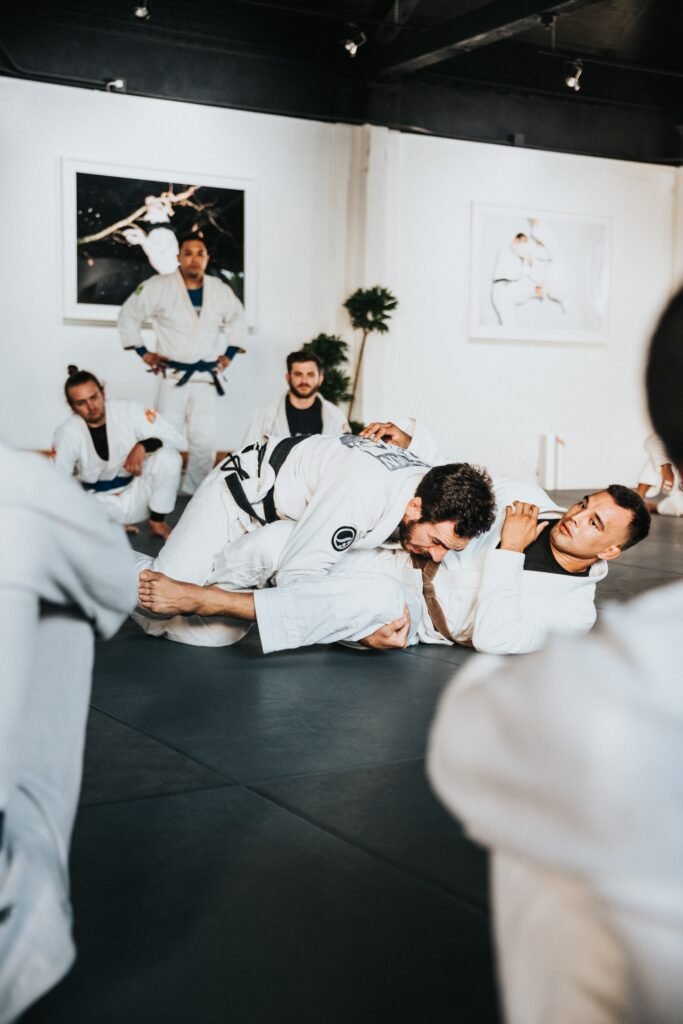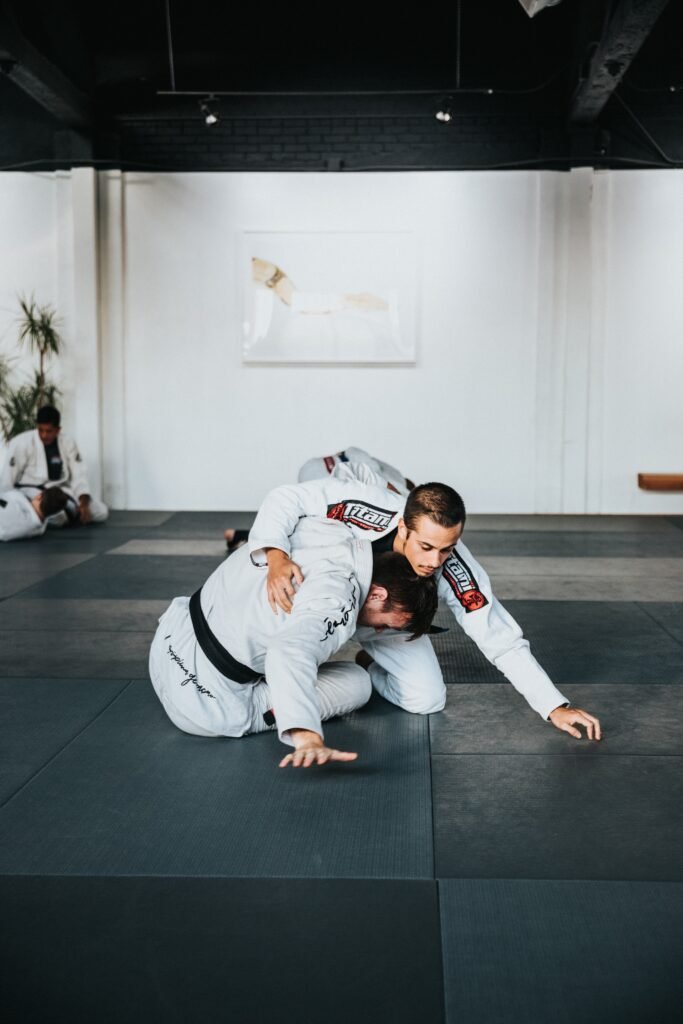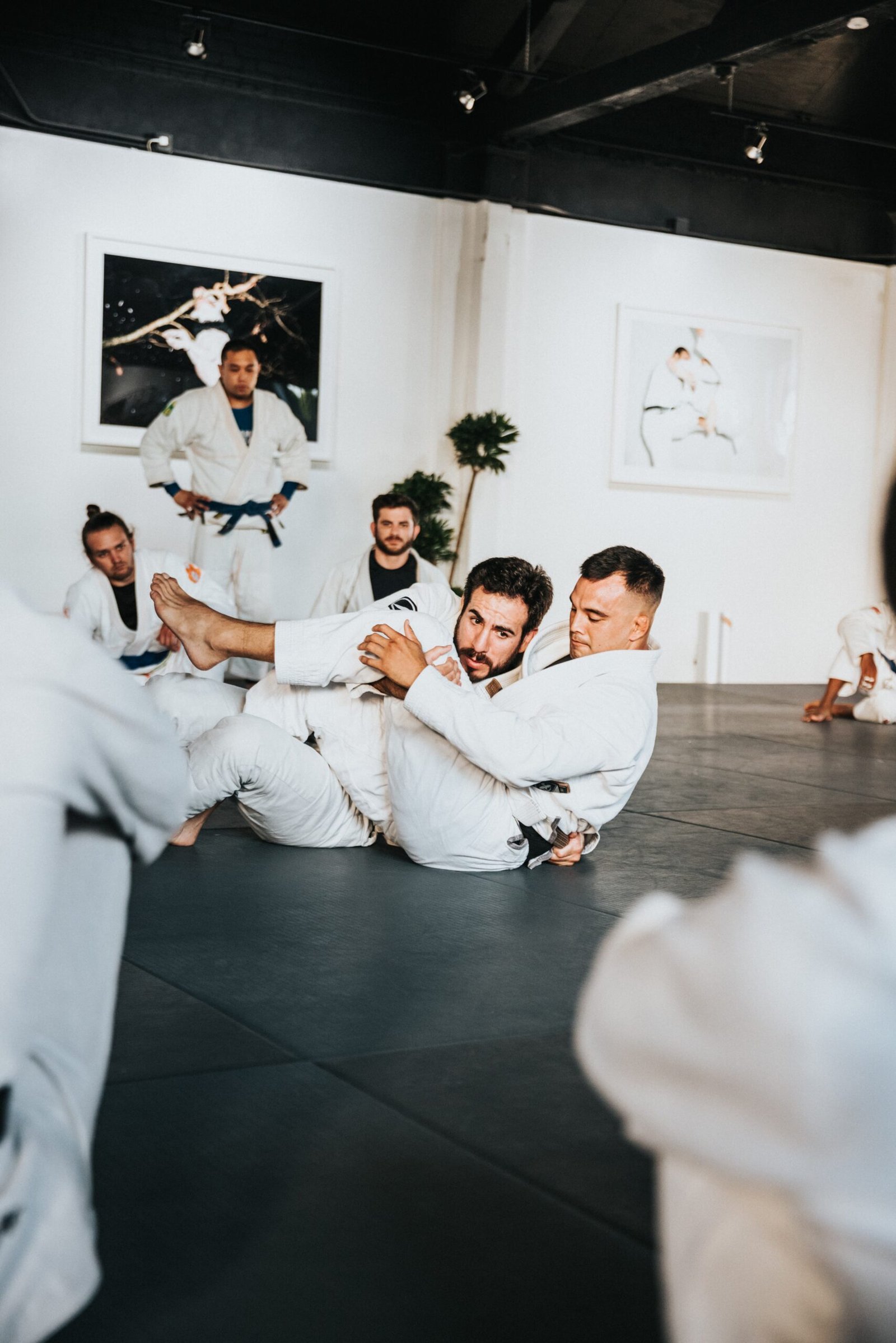If you've ever been curious about martial arts but weren't sure about the cost, look no further. In this article, we'll explore the topic of martial arts classes and how much they typically cost. Whether you're interested in learning self-defense, improving your physical fitness, or gaining greater confidence, martial arts can be a fantastic way to achieve your goals. So, let's dive into the world of martial arts classes and discover the range of prices you can expect to find.
Factors That Determine the Cost of Martial Arts Classes
Location
The location of the martial arts class can have a significant impact on the cost. Classes situated in a metropolitan area or a prestigious neighborhood tend to be more expensive due to higher overhead costs, such as rent and utilities. On the other hand, classes located in smaller towns or less affluent areas may offer more affordable pricing.
Type of Martial Art
The specific martial art style being taught also plays a role in determining the cost. Some martial arts that require extensive training and specialized equipment, such as Brazilian Jiu-Jitsu or Muay Thai, often have higher fees compared to more accessible styles like Taekwondo or Karate. The complexity and uniqueness of each style can influence the price range.
Level of Experience
martial arts classes usually cater to individuals at different skill levels, ranging from beginners to advanced practitioners. As the level of experience increases, the classes often become more customized and tailored to the individual's needs. Consequently, classes for advanced students may be more expensive due to the increased expertise and attention provided by the instructors.
Class Duration
The length of each martial arts class is an essential factor in determining the cost. Longer class durations generally result in higher prices, as they require more resources and instructors' time. Shorter classes, especially those aimed at young children or beginners, may be more affordable, making them a popular choice for individuals on a budget.
Class Frequency
The frequency of martial arts classes can also influence the overall cost. Classes that meet more frequently, such as several times a week, typically have higher fees. This is because the instructors need to be compensated for their time and expertise. Conversely, classes that meet less often, such as once a week, may offer a more affordable option for those looking for a less intensive training schedule.
Facilities and Equipment
The quality of the facilities and equipment provided by the martial arts school can impact the cost. Classes held in well-maintained and fully-equipped facilities may have higher fees to cover the expenses of maintaining the training space and purchasing necessary equipment. Schools with state-of-the-art facilities and a wide range of training gear may charge more compared to those with more basic amenities.
Instructor Qualifications
The qualifications and experience of the martial arts instructors can affect the pricing of the classes. Instructors with higher ranks, extensive competitive experience, or specialized certifications may charge more for their expertise. Additionally, instructors who have gained recognition in the martial arts community or have trained high-level athletes may have higher fees due to their reputation and demand.
Additional Services
Some martial arts schools offer additional services beyond regular classes, such as seminars, workshops, or individual coaching sessions. These extra offerings often incur additional costs. While not all students may choose to take advantage of these services, they can contribute to an overall higher cost for those who opt to participate.
Membership Fees
Many martial arts schools have membership fees that cover various administrative costs, such as registration, insurance, or association fees. These fees are often charged separately from the class fees and may be paid annually, semi-annually, or monthly. Membership fees contribute to the sustainability of the martial arts school and help cover overhead expenses.
Promotions and Discounts
Martial arts schools often run promotions or offer discounts to attract new students or incentivize long-term commitments. These promotions can include reduced class fees, waived registration fees, or discounted equipment packages. Students should keep an eye out for these opportunities to save money while still receiving quality training.
Average Cost Range for Martial Arts Classes
Beginner Classes
The cost of beginner martial arts classes can vary depending on the factors mentioned above. On average, beginners can expect to pay around $50 to $150 per month for group classes. These classes are typically designed to introduce students to basic techniques, principles, and etiquette in a supportive and inclusive environment. Some schools may also offer trial packages or discounted rates for beginners.
Intermediate Classes
Intermediate martial arts classes cater to students who have progressed beyond the beginner level and have a solid foundation in their chosen martial art style. The average cost for intermediate classes ranges from $100 to $200 per month. These classes often focus on refining techniques, enhancing physical fitness, and introducing more advanced training concepts.
Advanced Classes
Advanced martial arts classes are geared towards experienced practitioners who have dedicated significant time and effort to their training. These classes may involve complex techniques, intensive sparring sessions, and specialized training drills. Advanced classes typically have higher fees, ranging from $150 to $300 per month, reflecting the increased expertise and personalized instruction provided.
Private Lessons
Private martial arts lessons offer individualized training tailored to the specific needs and goals of the student. The cost of private lessons varies depending on the instructor's qualifications, the duration of each session, and the martial art style. On average, private lessons can range from $50 to $150 per hour. While private lessons are more expensive than group classes, they provide a personalized and focused learning experience.
Group Classes
Group martial arts classes are the most common and cost-effective option for many students. The fees for group classes are typically lower compared to private lessons, making them accessible to a wider range of individuals. On average, group classes can cost around $50 to $200 per month, depending on factors such as the location, type of martial art, and the number of classes per week.

Additional Costs Associated with Martial Arts Classes
Uniform and Equipment
Many martial arts schools require students to wear a specific uniform, often referred to as a gi. The cost of the uniform can vary depending on the martial art style and quality of the uniform. On average, a martial arts gi can cost between $40 and $100. Additionally, some martial arts may require additional equipment such as protective gear or weapons, which can add to the overall cost.
Testing and Belt Fees
In traditional martial arts, students progress through a ranking system represented by different colored belts. Testing and belt fees are often charged when students are ready to be evaluated and promoted to the next level. These fees cover the administration of the test, the belt, and any associated certificates. The cost of testing and belt fees can range from $50 to $100 or more, depending on the martial art style and the level being tested.
Competition Fees
For those interested in actively participating in martial arts competitions, additional fees may apply. Competitions often require registration fees, which vary depending on the event and the organization hosting it. Fees can range from $30 to $100 per competition. Participants may also need to account for travel expenses, accommodation, and other related costs when attending tournaments.
Seminar and Workshop Fees
Martial arts seminars and workshops provide opportunities for students to learn from renowned instructors or experts in a specific style or technique. Attending these events can be beneficial for further skill development and exposure to different perspectives. However, they often come with associated fees, which can range from $50 to several hundred dollars, depending on the length, topic, and caliber of the instructor.
Ways to Save Money on Martial Arts Classes
Enroll in Long-Term Membership
Many martial arts schools offer discounted rates for students who commit to long-term memberships. By enrolling in an extended membership, such as six months or a year, students can often benefit from reduced monthly fees or receive additional perks like free uniform or equipment. Long-term memberships not only save money in the long run but also demonstrate commitment and dedication to the martial art.
Take Advantage of Promotions and Discounts
Martial arts schools frequently run promotions or offer discounts on class fees, registration fees, or equipment purchases. Keep an eye out for these opportunities and take advantage of them when available. Some schools may offer introductory packages or discounted trial periods, allowing potential students to try out the classes at a reduced cost. Additionally, inquire about any referral programs that may offer incentives for bringing in new students.
Share the Cost with Family or Friends
If you have family members or friends who are interested in joining martial arts classes, consider sharing the cost of membership or private lessons. Many schools offer family discounts or reduced rates for additional family members. By splitting the cost, you can make martial arts training more affordable while still enjoying the benefits of training together.
Opt for Group Classes
Group martial arts classes are generally more cost-effective compared to private lessons. Training in a group setting not only saves money but also provides the added benefit of training with peers and building a sense of community. Group classes allow students to learn from each other, collaborate, and push each other to improve.
Research for Affordable Martial Arts Schools
Not all martial arts schools charge the same rates for their classes. Take the time to research and compare different schools in your area to find one that fits both your budget and your goals. Don't be afraid to visit schools, ask questions, and inquire about their pricing structure. Some schools may offer financial assistance programs or scholarships for deserving students, so be sure to explore all options available.

Tips for Choosing the Right Martial Arts Class for Your Budget
Set a Budget Limit
Before starting your search for the right martial arts class, determine how much you are willing and able to spend on training. Setting a budget limit can help you narrow down your options and focus on schools that fit within your financial means. Be realistic and consider long-term expenses, such as monthly class fees, uniform costs, or additional fees associated with advancement.
Research Various Martial Arts Styles
Different martial arts styles have different cost structures based on factors such as popularity, demand, and the required equipment. Take the time to research and understand the various martial arts styles and their associated costs. Consider which style aligns with your interests and goals while also fitting within your budget.
Visit and Observe Potential Schools
To get a better sense of the quality and atmosphere of a martial arts school, visit the facilities in person. Observe ongoing classes to see if the instructors are knowledgeable, attentive, and supportive of their students. Take note of the cleanliness and organization of the training space. Talk to current students to gather their experiences and ask specific questions about pricing and payment plans.
Inquire about Trial Classes and Money-Back Guarantee
Many martial arts schools offer trial classes or introductory packages for potential students. Take advantage of these opportunities to experience a class firsthand before committing financially. Inquire about any money-back guarantee policies in case you find that the training is not the right fit for you. Knowing that the school stands behind its training can provide extra reassurance when making a decision.
Assess the Class Schedule and Location
Consider the class schedule and location when choosing a martial arts school. Opting for a school that offers sessions at convenient times and is easily accessible can help reduce additional expenses such as transportation costs or the need for excessive commute time. Assess whether the school's class frequency aligns with your desired commitment level and whether they offer flexibility for potential schedule changes.
By considering these factors, cost ranges, additional costs, ways to save money, and tips for making budget-conscious decisions, you can make an informed choice when selecting the right martial arts class that fits both your budget and your martial arts goals. Remember, the benefits of studying martial arts go beyond the monetary aspect, as it contributes to personal growth, physical fitness, and overall well-being.














